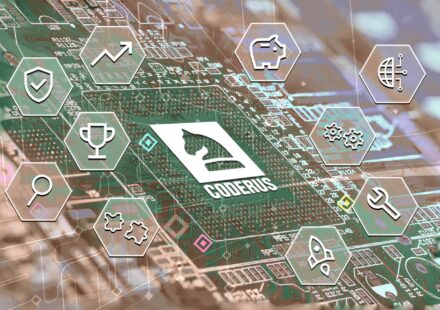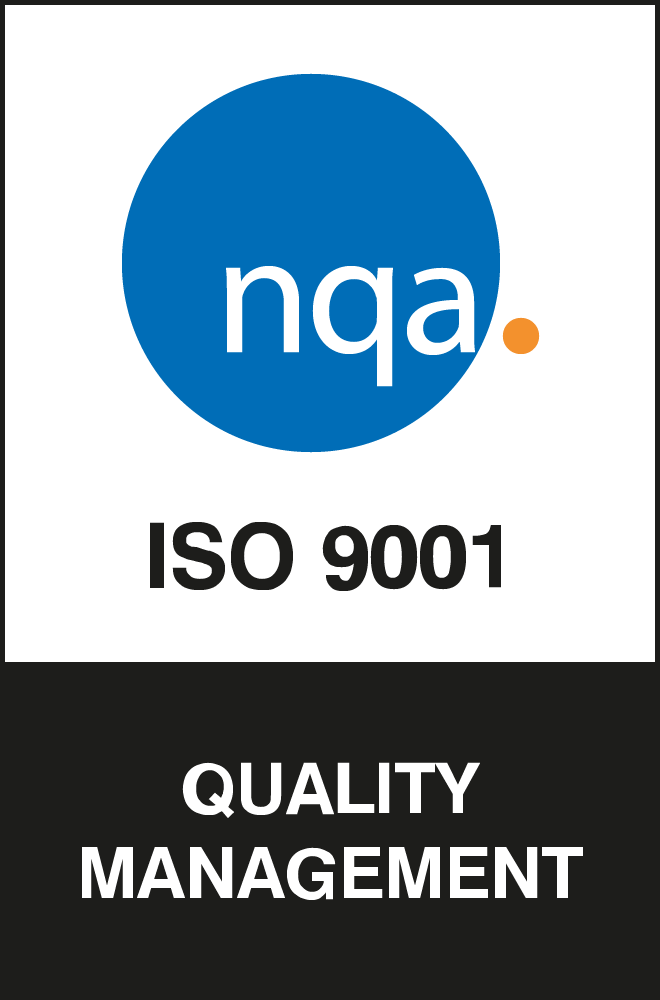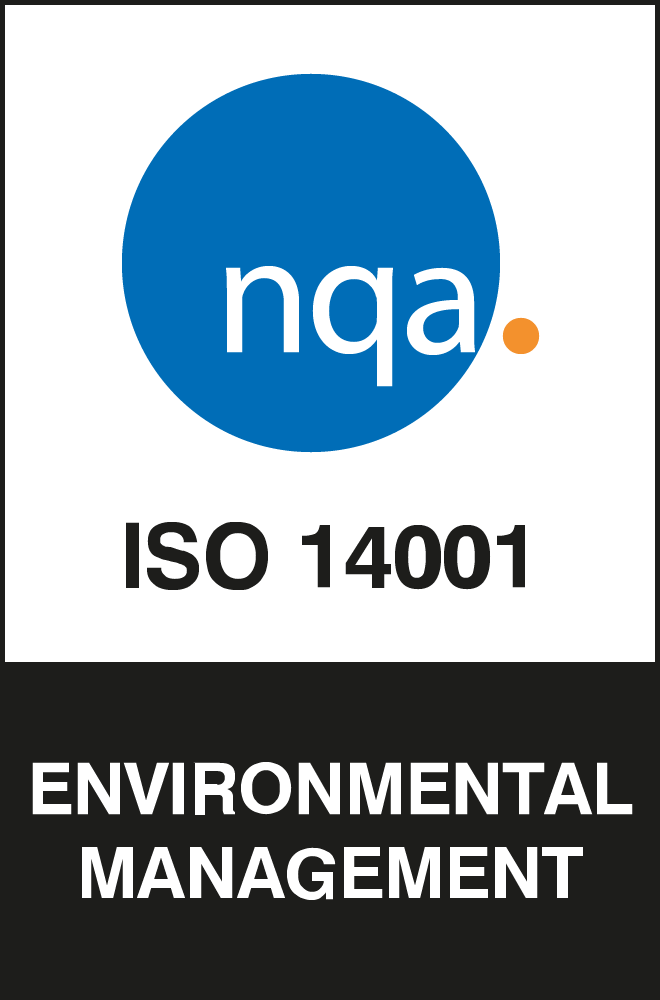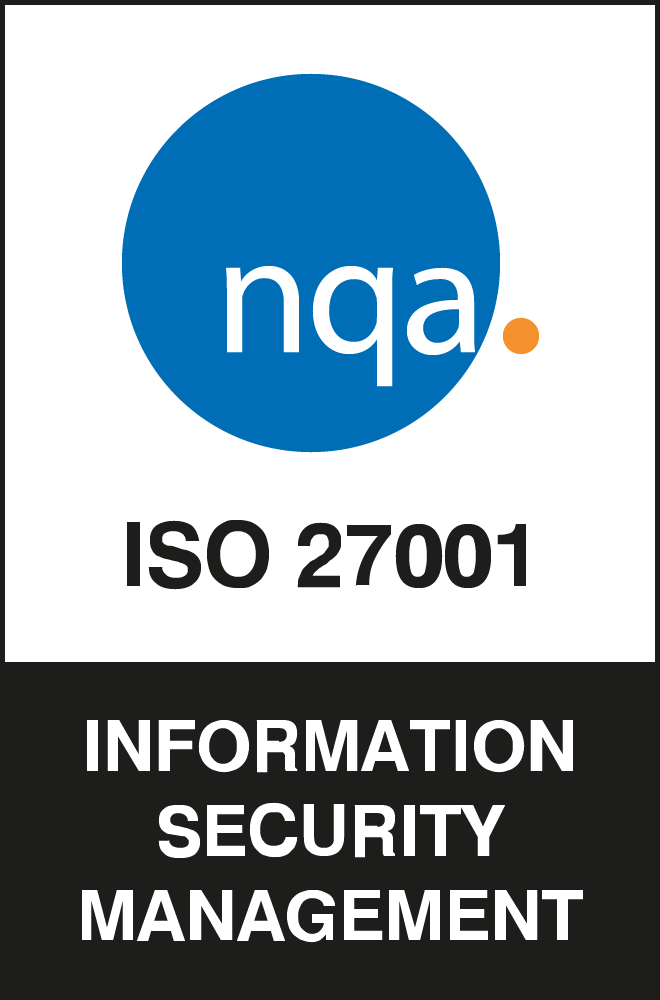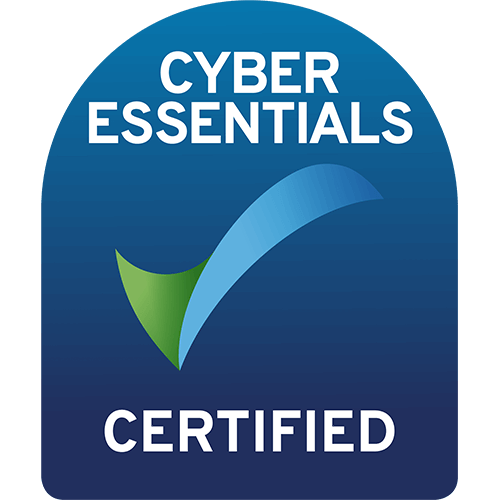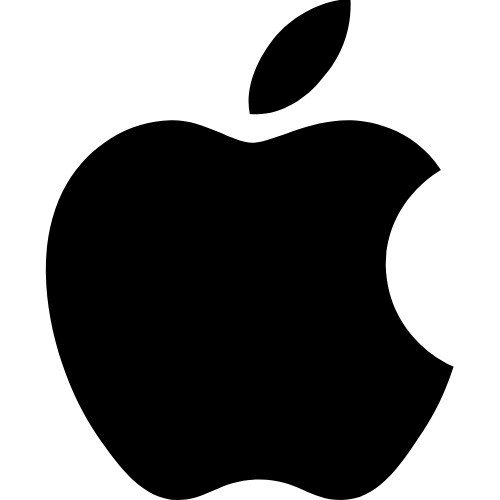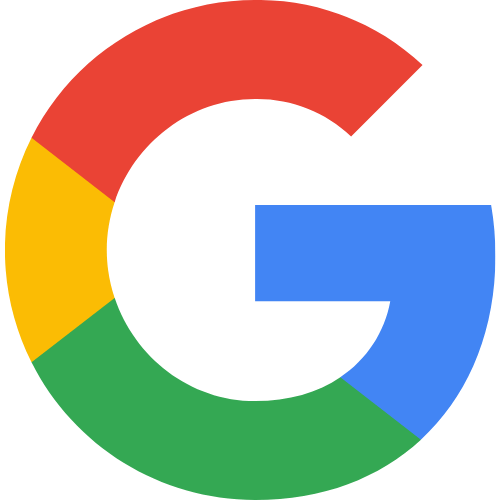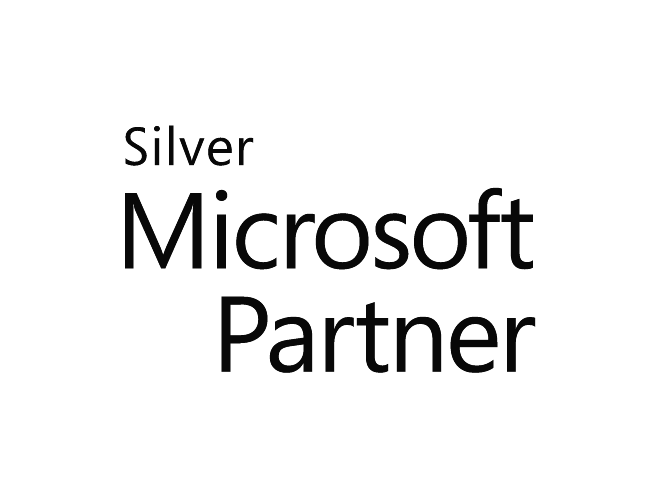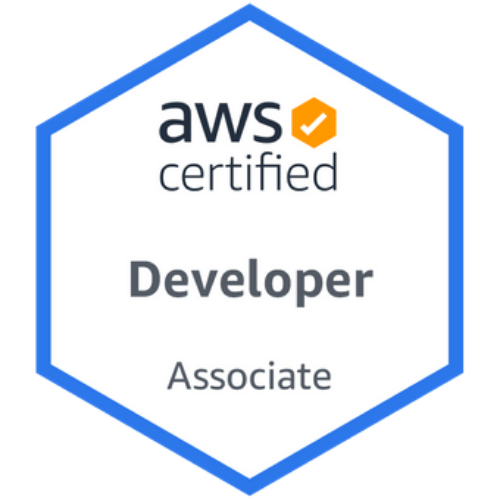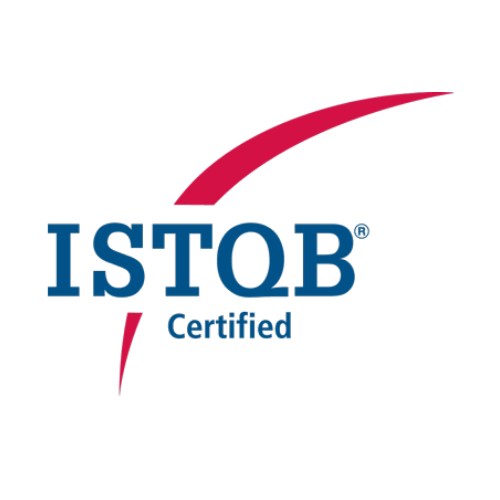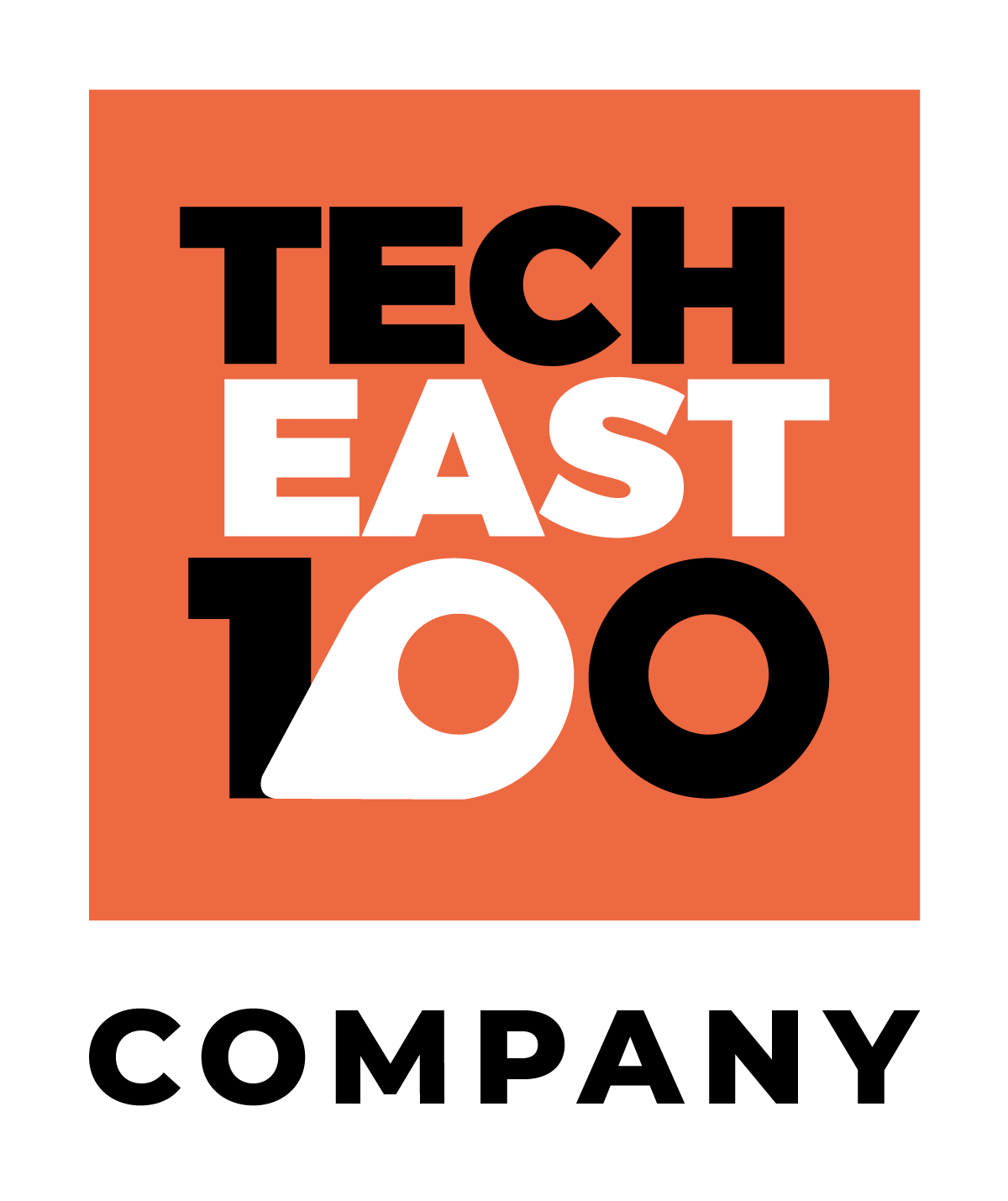As technology advances and WiFi-enabled devices become more “smart”, the Internet of Things has expanded to apply to many household devices and objects that communicate with each other in an attempt to streamline processes and everyday tasks.
Internet of Things devices ranges from smartphones and wearable tech to smart home products such as motion sensors, lightbulbs and kitchen appliances.
What are the recent challenges in IoT?
The main challenges facing the IoT industry currently relate to both data security and data storage.
Most people will be familiar with the European Union’s General Data Protection Regulation (GDPR) that came into effect as of the 25th of May 2018, which is arguably the world’s most stringent regulation around how data is stored and protected in the modern age.
The new GDPR legislation introduced new challenges regarding IoT data collection methods for companies that use the technology to gather as well as how they secure and protect any personal data collected.
The legislation also incentives compliance from organisations by increasing maximum fines and penalties for those who breach the regulations.
With IoT adoption on the rise and more data being collected than ever before, the target has never been bigger for criminals to attempt to hack this valuable data.
This challenge is compounded when taking into account that some existing hardware is either out of date or no longer updated, which leaves it vulnerable to cyber-attacks.
What are the biggest challenges for IoT adoption?
The biggest challenges for IoT adoption include:
- Security Challenges
- Regulation Challenges
- Compatibility Challenges
- Bandwidth Challenges
- Customer Expectation Challenges
Learn more about these challenges below.
Security Challenges
Rapid advances in both technology and the complexity of cyber attacks have meant that the risk of security breaches has never been higher. There is an increased responsibility for software developers to create the most secure applications possible to defend against this threat as IoT devices are often seen as easy targets by hackers.
Regulation Challenges
We’ve already touched on how GDPR has impacted the IoT industry, however, as the industry is still relatively new and young, it generally lacks specific regulation and oversight, which is required to ensure that all devices are produced with a suitable level of protection and security.
In the U.K, the most relevant regulation in the IoT industry would be the Code of Practice for consumer IoT security, which the U.K. government published on the 14th of October 2018, however, this is still new and the first of its kind, so will no doubt be updated and changed going forward as the industry and its threats adapt.
Compatibility Challenges
At the core of the IoT concept, all devices must be able to connect and communicate with each other for data to be transferred.
The IoT industry currently lacks any compatibility standards, meaning that many devices could all run on different standards resulting in difficulties communicating with one another effectively.
Bandwidth Challenges
Perhaps at no surprise, devices and applications that rely on the ability to communicate with each other constantly to work effectively tend to use a lot of data at once, leading to bandwidth constraints for those using many devices at once.
Combine this with existing demands for data and broadband in the typical house, and you can quickly see how data and bandwidth limitations can be a challenge.
Customer Expectation Challenges
Arguably the biggest hurdle for the industry relates to customer perception. For anything new to be adopted by the masses, it has to be trusted completely.
For the IoT industry, this is a continuously evolving challenge as it relies on the ability to actively combat security threats and reassure the general consumer market that the devices are both safe to use and secure to hold vast quantities of sensitive data.
What are the biggest opportunities for IoT adoption?
The biggest opportunities for IoT adoption include:
- Business Application Opportunities
- Enablement Platforms and Cloud Computing Opportunities
- Connectivity Opportunities
- Device Opportunities
Learn more about these opportunities below.
Business Application Opportunities
The IoT application possibilities for business are endless. Many business models are based on operating with small margins, meaning that achieving efficiencies and implementing automation in operations are critical and can result in significantly improved profit figures.
Another key consideration for a business is the access to and analysis of big data that is driven by the users of IoT devices, something that is a challenge to place value on but is essential for any business.
Many aspects of businesses have already changed as a result of IoT innovations, such as stock management, data collection and interpretation and production automation, but there is still substantial room for growth in this area.
Enablement Platforms and Cloud Computing Opportunities
Cloud computing and IoT simply go hand in hand. As many big names in tech devote their resources to data storage and growing the industry of cloud computing, many have also sought to build technical alliances between one another to further the growth of cloud services, whilst attempting to streamline the capabilities and adoption of smarter mobile devices.
This has resulted in consumers benefiting from improved application performance and reduced network congestion.
A worthy factor in the growth of the IoT industry relates to the power and innovation of enablement platforms. An IoT application platform is essentially a platform-as-a-service that allows a developer to deploy an IoT application quickly and easily, removing concerns surrounding scaling issues.
Advances in enablement platforms are expected to increase both the supply and diversity of applications and uses within the IoT industry.
Connectivity Opportunities
We already know that the IoT market relies on devices being able to utilise the internet to communicate. Perhaps one of the most essential opportunities and areas for growth in this market is IoT connectivity.
Arguably one of the most important factors for mass adoption is reliability, after all, who wants to use a device that relies on connecting to the internet if the communication is constantly being interrupted?
Device Opportunities
In recent years, there has been an explosion in the number of IoT devices that make up part of the industry. Perhaps most notably, wearables and vehicles have seen significant development and innovation recently, with the boundaries of what is expected from such devices being pushed year on year.
It wasn’t long ago that the idea of self-driving vehicles or watches that could monitor sleeping patterns and oxygen levels were that of science fiction movies, however, the likes of Apple and Tesla are but a few big tech names that are breaking down walls in this market.
That being said, we are still extremely early in the life cycle of these devices but the future remains exciting for consumers. What will be the next step for vehicle connectivity? What will be the next item or device to leap into the IoT world?
What problems are solved using IoT?
In reality, it would be nearly impossible to list all of the problems that have been solved using IoT, however, listed below are just a few key examples of how IoT has been used to solve real-world problems:
Enhanced Healthcare Equipment
In today’s modern age, more medical equipment and tools are interconnected than ever before. IoT medical devices can be utilised to provide healthcare services and monitoring remotely rather than requiring patients to attend a hospital.
The automation and communication of data between hospital equipment also result in more accurate and rapid transfers of data, theoretically leading to lives being saved.
Improved Energy Conservation
If recent natural disasters haven’t stressed this enough already, the world is waking up to the depletion of natural resources and the effects of global warming. As a result, people are more conscious than ever about their energy usage and conservation. IoT has made home appliances smarter, more efficient and even more interactive, allowing users to closely monitor and reduce energy usage.
Better Road Traffic Management
With an ever-increasing population and subsequent growth in vehicles on the road, sufficient road traffic management is essential to avoid significant congestion and delays. Traffic management devices that utilise IoT sim cards such as traffic lights now communicate with GPS devices, smartphones, vehicles and cameras to inform drivers of traffic situations and real-time alternative routes as well as helping government departments to determine solutions to consistent traffic issues. This is made even more significant when considering that many emergency services rely on road transport to respond to emergencies.
Do the threats of IoT outweigh the benefits?
On balance, I think we can all agree the IoT opportunities far outweigh the threats and the future looks extremely promising for the possibilities coming out of the industry, so why not be a part of it?
Get in touch with the development team here at Coderus and make your idea a reality. Be part of what many expect to be an industry that contains billions of connected devices.
Find out more about what Coderus can offer you in terms of IoT here.



